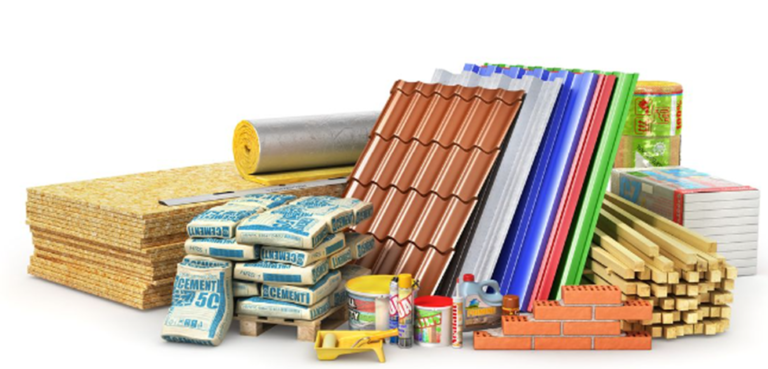How Ventilation Contributes to Better Indoor Air Quality
Introduction
Ventilation is essential for indoor air quality. It brings fresh air inside. Ventilation removes stale, polluted air. It controls humidity levels effectively. Proper ventilation enhances comfort and health. It reduces indoor pollutant concentrations. Different systems achieve these goals.

Importance of Ventilation
Ventilation is crucial for removing indoor pollutants. Fresh air dilutes contaminants indoors. Ventilation reduces moisture levels. It prevents mold growth and dampness. It also helps remove unpleasant odors. Proper airflow maintains a healthy environment.
Types of Indoor Pollutants
There are many types of indoor pollutants. Particulate matter includes dust and pollen. Gases like carbon monoxide and radon are harmful. Volatile organic compounds (VOCs) come from products. Biological contaminants include mold, bacteria, and viruses.
Particulate Matter & Ventilation
Particulate matter is a common pollutant. Dust, pollen, and pet dander are examples. They can cause respiratory issues. Effective filtration reduces particulate levels. Proper ventilation helps remove particles.
Harmful Gases & Ventilation
Gases can be dangerous indoors. Carbon monoxide from fuel-burning appliances is toxic. Radon, a natural gas, is carcinogenic. Proper ventilation reduces gas concentrations. Detectors can monitor gas levels.
Volatile Organic Compounds (VOCs)
VOCs come from various sources. Paints, cleaning products, and furnishings release VOCs. They can cause headaches and nausea. Good ventilation dilutes VOC concentrations. Using low-VOC products helps too.
Biological Contaminants
Biological pollutants contain mold and bacteria. Viruses can also be existing indoors. High moisture helps mold growth. Appropriate ventilation manages moisture levels. Air purifiers can lessen biological pollutants.
Effects of Poor Indoor Air Quality
Poor indoor air quality affects health. Short-term effects include headaches and fatigue. Long-term exposure can lead to respiratory diseases. It may worsen asthma and allergies. Poor air quality can also reduce productivity.
Ventilation and Health
Good ventilation improves health. It reduces respiratory problems. Proper ventilation prevents the buildup of harmful pollutants. It decreases the risk of mold and dampness. Fresh air enhances mental well-being.
Ventilation and Comfort
Ventilation manages temperature and moisture inside the house. It retains indoor spaces calm, happy and peaceful. Fresh air decreases stuffiness. Appropriate airflow avoids condensation. It generates an enjoyable indoor environment.
Energy Efficiency and Ventilation
Ventilation systems can be efficient to save energy. HRVs and ERVs save energy. Correct insulation and sealing enhance efficiency. Steady maintenance confirms top performance.
Conclusion
Ventilation is crucial for indoor air quality. It eliminates pollutants and gives natural air. Appropriate ventilation further develops wellbeing and comfort. Various systems suit various necessities. Pick the right situation for ideal advantages. Regular maintenance guarantees proficiency.
FAQ’s
Different types of indoor pollutants.
Ventilations are energy efficient. How?
In which way ventilations comfort our lives?
How a person’s health relates to ventilations?
What are the effects of poor indoor quality?
Wha is the importance of ventilation is my house?






